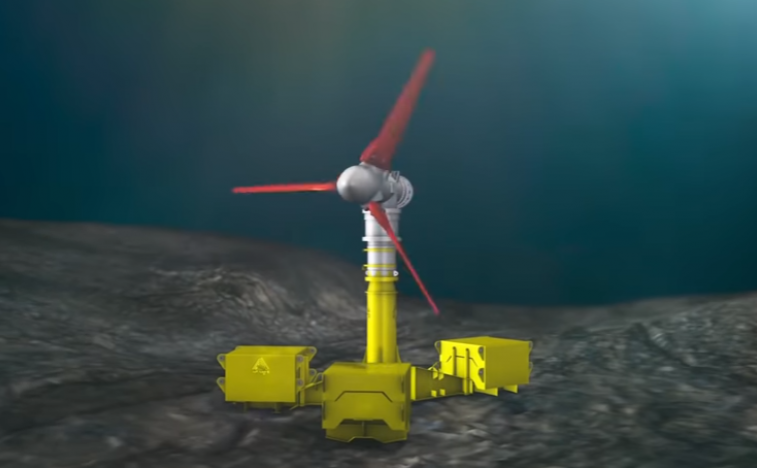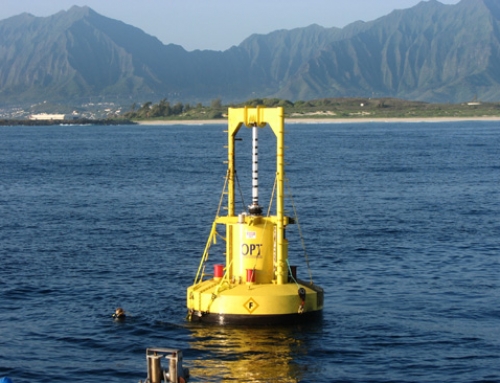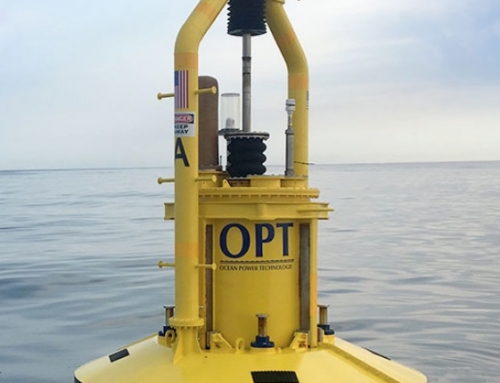Predictably down-beat results from Ocean Power Technology (OPT) for the first quarter fiscal 2019 nonetheless contain encouraging reports of several new contracts.
OPT is an American wave energy company which started commercial operations in 1994. It was once quoted on London’s |AIM, but is now listed on Nasdaq. It says it aims to change the world through durable, innovative and concrete energy solutions.
Well, maybe. The company has historically partly funded its operations through public and private sales of its equity and partly through grants from the US Navy, the US Department of the Environment, the UK and the EU. Initially the company focused on the prospects for an array of buoys producing electricity for the grid.
But after years of effort with scant returns, the focus shifted to the development of stand-alone buoys capable of generating their own electricity. OPT’s flagship product is now the Powerbuoy3 (PB3), which is a floating system anchored to the sea floor down to 3000 metres.
The float moves vertically up and down on a spar in response to wave motion. The movement is connected mechanically so as to drive an electric generator. This generator is designed to power isolated equipment in the oil and gas, defence and security ocean observation and communication sectors.
The company has won various contracts over the years including a series of agreements with Mitsui Engineering & Shipbuilding Co. Ltd to develop the buoys for Japanese waters. (This was at a time when the Japanese Government was seeking to greatly increase the quantity of electricity generated by renewables in the wake of the Fukushima nuclear disaster in March 2011).

OPT’s Powerbuoy 3 (PB3 )aims to generate electricity for non-grid connected offshore facilities in the oil & gas, defence & security and ocean observation sectors
But these deals seem to have amounted to little. The company has been big on developing its products–particularly the PB3–through technological progress, but commerciality has eluded it. OPT has never made a profit and losses appear continually to have grown.
On 12 September OPT announced its financial results for the fiscal first quarter 2019 which ended on 31 July 2018. Although the financials remain dismal with falling revenues and deepening losses, the big question is whether, the company has finally broken its established cycle and is now, at last, on its way towards commerciality?
Revenues for the first quarter 2019 were US$31,000 against $195,000 in the comparable period in 2018. The losses were $3.2million compared to $2.7m in the prior -year period. The company ascribed the decline in revenues to the timing of new contracts signed with Eni and Premier in the first quarter 2019.
The increase in the net loss was a direct result of costs associated with scaling business development, engineering, and marketing, the company said: “For the first time, our company is executing multiple contracts cross multiple applications. Likewise, our new plant, people and processes position us to deliver high quality products and services to our customers.”
The company has signed a contract to ship a PB3 to Italian major Eni S.p.A for deployment in the Adriatic Sea. An agreement has also been signed with Enel Green Power (EGP) to evaluate the deployment of a PB3 off the coast of Chile. Thirdly, OPT signed a contract in June 2018 with the London-listed international oil and gas company Premier Oil to supply a PB3 for the Huntington Field, one of Premier’s offshore fields in the Central North Sea.
The deal with Premier is particularly interesting. The PB3 will be used to study the feasibility for decommissioning operations in the North Sea. The contract outlines work that will determine the viability for using the PB3 for monitoring and guarding remaining wells after removal of floating production and prior to subsea decommissioning and/or well plugging & abandonment operations.
Decommissioning in the North Sea is a huge multi-billion pound business project, if not a renewable one. OPT seems to have got a toehold into it at a relatively early stage. It is premature speculate whether this and other new developments will deliver the bound into commerciality the company seeks. But the prospects look better than they have done for some time.
The $13.42m market cap company’s shares were $0.71 at yesterday’s close against a 52-week low of $0.46 and a high of $2.54.


